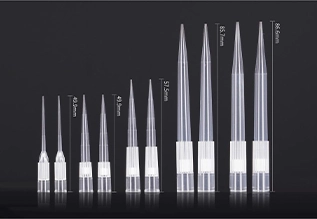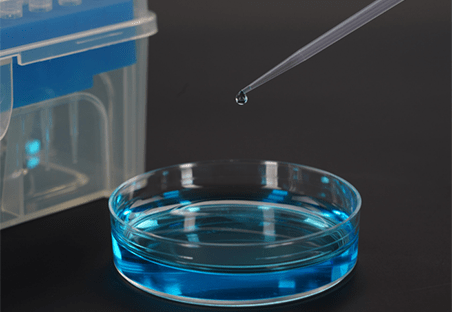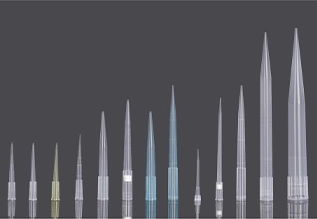Pipette tips are essential tools in laboratories, used for precise and accurate transfer of liquids. Selecting the right pipette tip material is crucial to prevent contamination, ensure proper liquid handling, and maintain the integrity of experiments. Here we will explore the factors to consider when choosing pipette tip materials and provide insights into the different types available.
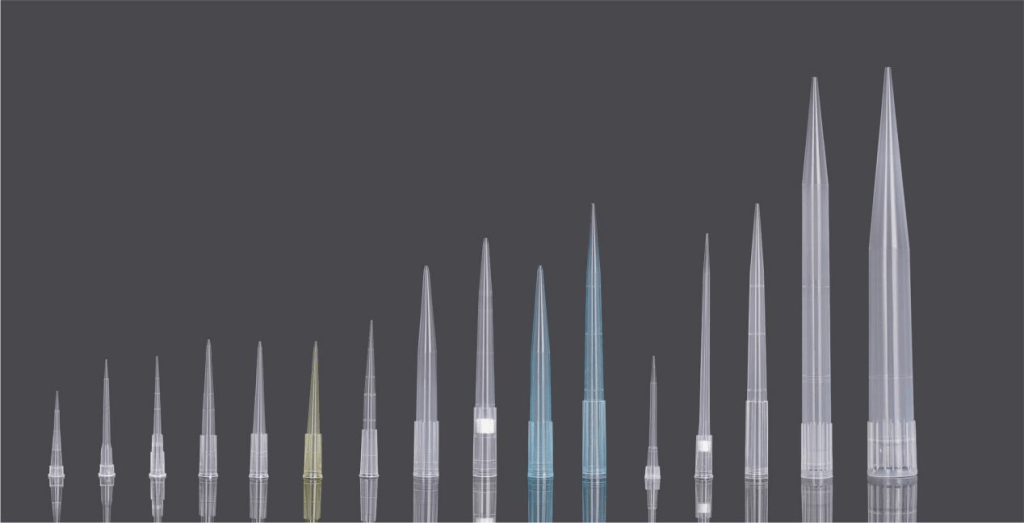
Factors to Consider When Choosing Pipette Tip Material
Choosing the right pipette tip material involves understanding several key factors. These factors not only affect the functionality of the pipette tip but also the overall efficiency of laboratory workflows.
- Tip Volume: The volume of liquid to be transferred will determine the appropriate tip size. Larger tips are suitable for higher volumes, while smaller tips are better for micro-pipetting.
- Liquid Type: The properties of the liquid, such as viscosity, surface tension, and chemical composition, will influence the choice of tip material. Certain materials may be more compatible with specific types of liquids.
- Temperature: The temperature at which the liquid will be handled should be considered. Some materials may not be suitable for extreme temperatures.
- Sterility: For applications requiring sterile conditions, sterile pipette tips must be used.
- Tip Retention Force: The force required to eject the tip from the pipette should be appropriate for the application. Excessive force can damage the pipette or cause inaccuracies.
- Cost and Reusability: While single-use pipette tips are common, reusable pipette tips can offer long-term savings and reduced waste. The durability of the material, its ability to withstand repeated autoclaving, and overall cost-effectiveness should be considered.
Careful consideration of these factors will help you select the most suitable pipette tip material for their specific needs, ensuring accurate and reliable experimental results.
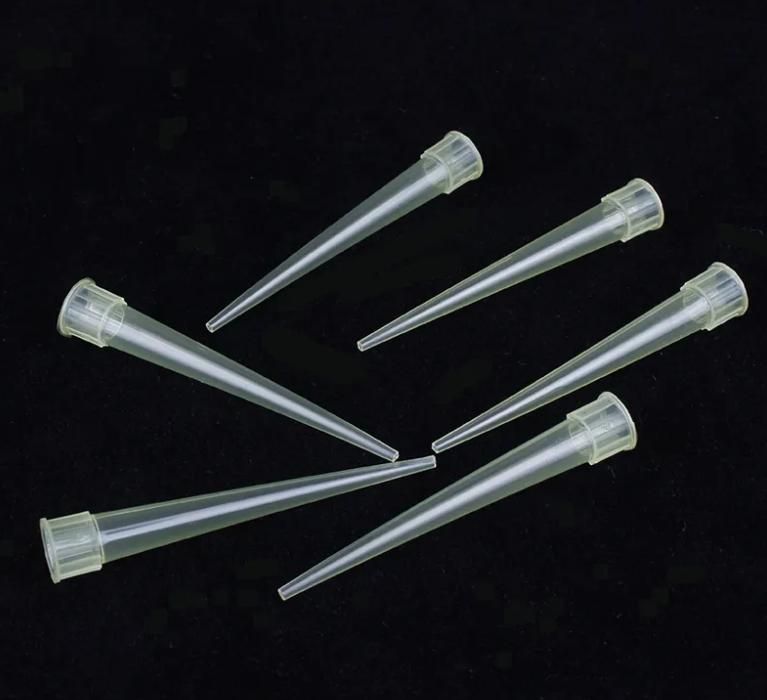
Common Types of Pipette Tip Materials
There are several materials used to manufacture pipette tips, each suited to specific tasks and laboratory conditions. Let’s explore the three most common types of pipette tips and their applications:
- Biodegradable Pipette Tips: Made from biodegradable materials such as cornstarch or cellulose, these tips are environmentally friendly and can be disposed of in compost bins. They are often used in life science research and clinical laboratories.
- Reusable Pipette Tips: These tips are made from durable materials that can be cleaned and sterilized for reuse. They are a cost-effective option but require proper maintenance to prevent contamination.
- Plastic Pipette Tips: The most common type of pipette tip, plastic tips are made from materials such as polypropylene or polystyrene. They are available in a wide range of sizes and are suitable for most laboratory applications.
Here is a comparison that outlines the pros, cons, and typical applications for biodegradable, reusable, and plastic pipette tip materials:
| Type of Pipette Tip | Pros | Cons | Applications |
| Biodegradable Pipette Tips | Environmentally friendly, reduces plastic waste | Higher cost compared to plastic tips | Labs focused on sustainability |
| Similar performance to standard tips | Limited chemical resistance | Routine applications with minimal exposure to aggressive chemicals | |
| Shorter shelf life | |||
| Reusable Pipette Tips | Reduces long-term consumable costs | Requires rigorous cleaning and sterilization | High-usage labs with established sterilization protocols |
| Eco-friendly, generates less waste | Risk of cross-contamination if not maintained | Cost-conscious labs looking for long-term savings | |
| Durable | |||
| Plastic Pipette Tips | Affordable and widely available | Contributes to significant plastic waste | General-purpose use in labs |
| Good chemical resistance (especially polypropylene) | Non-reusable, increasing environmental impact | Suitable for precise assays like PCR, ELISA, and molecular biology applications | |
| Available in sterile and low-retention forms |
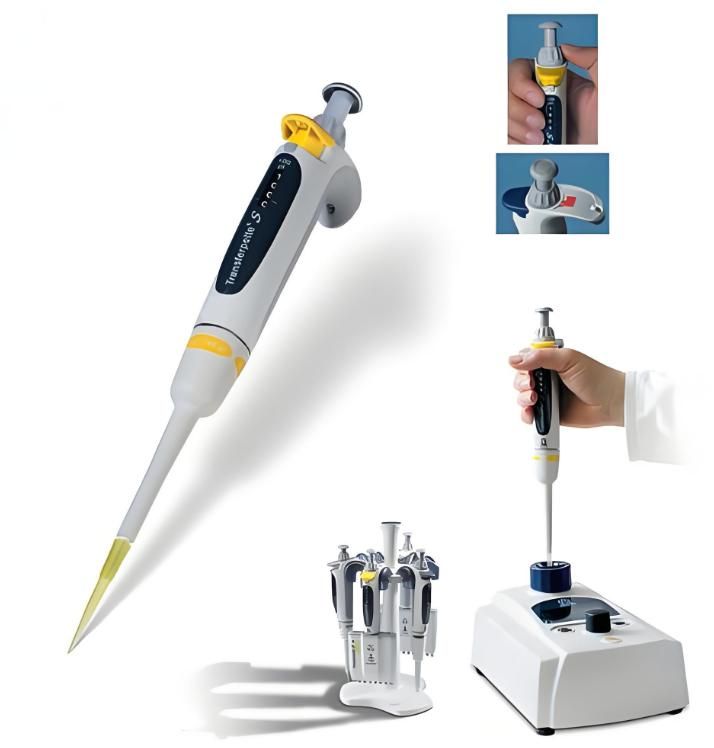
Choosing the Right Pipette Tip Material
Selecting the right pipette tip material depends on balancing performance, sustainability, and cost. If your lab handles sensitive chemicals and requires high sterility, plastic tips are often the most reliable option. However, if environmental concerns are a priority, biodegradable or reusable pipette tips may offer a more sustainable solution. For long-term cost savings, reusable tips are ideal, though they require regular maintenance.
Ultimately, the choice should align with the specific needs of your laboratory work. Carefully evaluate the materials based on the factors discussed, and consider the trade-offs between performance and environmental responsibility.
